Cold Weather Cover Crops - When And Where To Plant Cover Crops
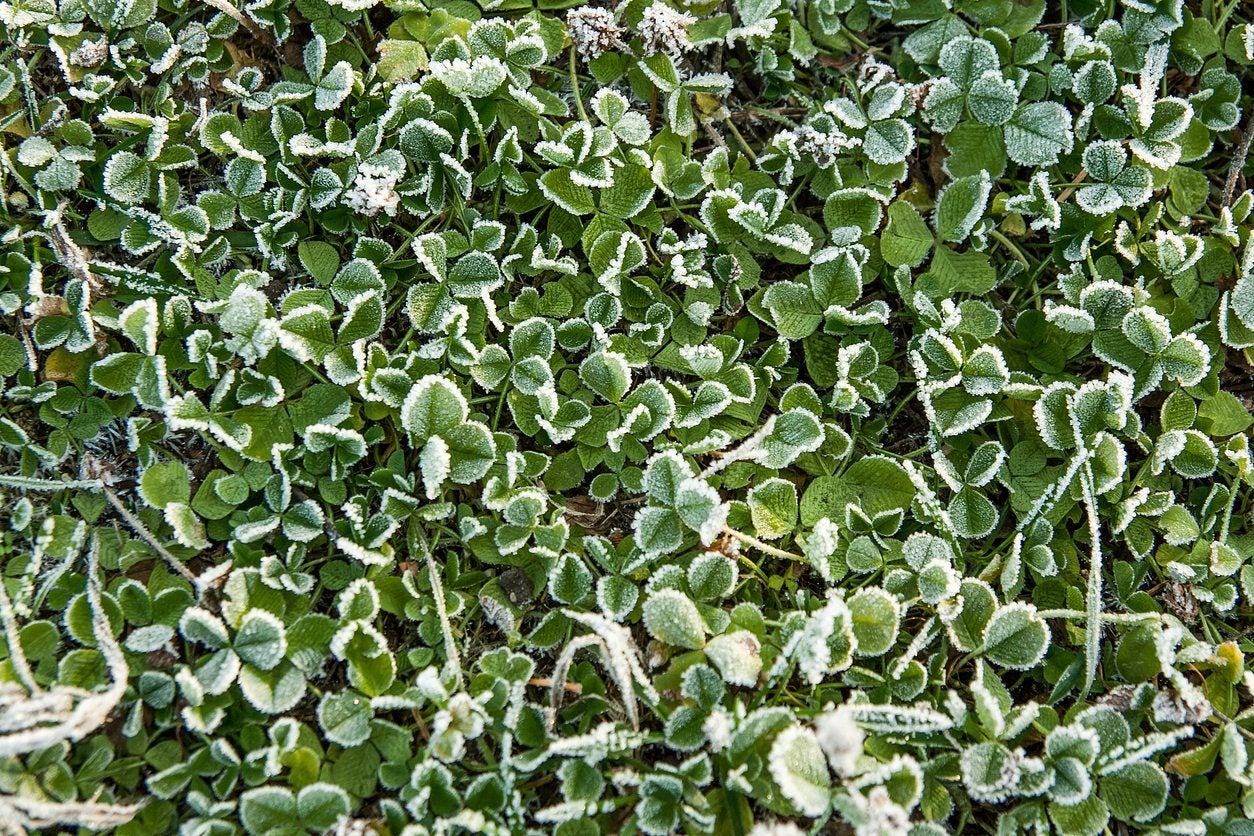

Cover crops for the garden is an often overlooked way to improve the vegetable garden. Oftentimes, people consider the time between late fall to winter to early spring to be a time where the vegetable garden space is wasted. We think our gardens rest during this time, but this is not the case at all. During cold weather there's something you can be doing to help improve your garden for next year and this is by using cover crops.
What is a Cover Crop?
A cover crop is anything that is planted in order to literally “cover” a piece of land that is not in use. Cover crops are used for a wide variety of reasons, from green manure to soil improvement to weed control. For the home gardener, the question of where to plant cover crops comes down to what part of your garden will be empty during the cold weather. Cover crops are most often planted as green manure. Nitrogen fixing cover crops are much like sponges that soak up nitrogen as well as other nutrients that might otherwise be lost to weeds or washed away by rain and snow melt. Even non-nitrogen fixing plants will help to ensure that many of the nutrients in the soil can be returned to the soil when the plants are tilled under in the spring. Cover crops are also a wonderful way to help maintain and even improve the condition of your soil. While planted, cover crops prevent erosion by holding the top soil in place. They also help reduce soil compaction and help the beneficial organisms in the soil, like worms and bacteria, to flourish. When the cover crops are worked back into the soil, the organic material they provide increases how well the soil can hold onto water and nutrients. Lastly, when you plant a cover crop, you are growing plants that can compete with weeds and other undesirable plants that would like to take up residence in your garden while it is empty. As many gardeners can speak to, often a vegetable garden left empty over the winter will be filled with cold hardy weeds come mid-spring. Cover crops help to prevent this.
Choosing a Cold Weather Cover Crop
There are many choices for cover crops and which is best for you will depend on where you live and your needs. Cover crops tend to fall into two categories: legumes or grasses. Legumes are beneficial because they can fix nitrogen and tend to be more cold hardy. However, they can be a little harder to establish as well and the soil must be inoculated for the legumes to be able to properly take up and store the nitrogen. Legume cover crops include:
- Alfalfa
- Austrian winter pea
- Berseem clover
- Black medic
- Chickling vetch
- Cowpea
- Crimson clover
- Field peas
- Hairy vetch
- Horsebeans
- Kura clover
- Mung beans
- Red clover
- Soybeans
- Subterranean clover
- White clover
- White sweetclover
- Woollypod vetch
- Yellow sweetclover
Grass cover crops are easier to grow and can also be used as wind blocks, which further help prevent erosion. Grasses tend not to be cold hardy and cannot fix nitrogen though. Some grass cover crops include:
Winter cover crops can help you improve and make use of your garden year-round. By using cover crops for the garden, you can be sure that you will be getting the most out of your garden next year.
Gardening tips, videos, info and more delivered right to your inbox!
Sign up for the Gardening Know How newsletter today and receive a free copy of our e-book "How to Grow Delicious Tomatoes".

Heather Rhoades founded Gardening Know How in 2007. She holds degrees from Cleveland State University and Northern Kentucky University. She is an avid gardener with a passion for community, and is a recipient of the Master Gardeners of Ohio Lifetime Achievement Award.
-
 Looking For Plants To Give You The Soft And Fuzzies? Try These 5 Fuzzy Leaf Plant Options
Looking For Plants To Give You The Soft And Fuzzies? Try These 5 Fuzzy Leaf Plant OptionsLovers of texture, drama, silver foliage and tactile plants will adore these special sensory garden additions. These fuzzy leaf plant options will leave you all aglow
By Susan Albert
-
 Get Ready For A Summer Of Hummers! Grow These Full Sun Hummingbird Plants and Flowers
Get Ready For A Summer Of Hummers! Grow These Full Sun Hummingbird Plants and FlowersIf you’re lucky enough to enjoy a sunny backyard, make sure you are maxing out on your pollinator opportunities and grow these full sun hummingbird plants and flowers
By Tonya Barnett
-
 How Many Vegetables To Plant Per Person For A Year
How Many Vegetables To Plant Per Person For A YearGauging how much to plant in a vegetable garden can eliminate waste while still producing enough for your family. Click for more.
By Bonnie L. Grant
-
 13 Perennial Fruits And Vegetables You Only Have To Plant Once
13 Perennial Fruits And Vegetables You Only Have To Plant OnceLooking to set it and forget it? Find out which fruits and vegetables can be grown as perennials.
By Laura Miller
-
 11 Edible Plants For A Year-Round Garden In A Bucket
11 Edible Plants For A Year-Round Garden In A BucketWant to know how to grow food inside your house and which foods do best indoors? Click here to learn all about it.
By Bonnie L. Grant
-
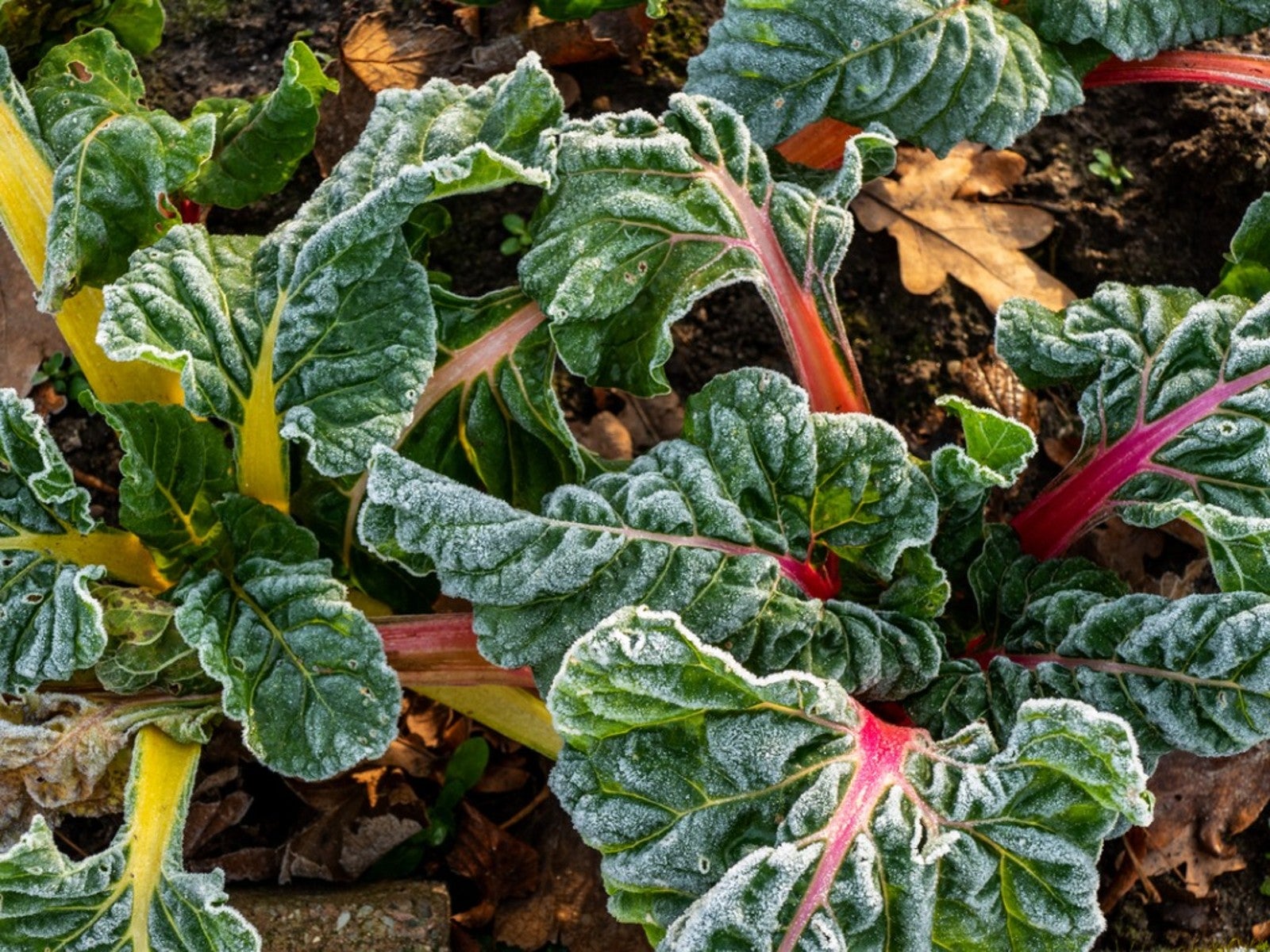 Frost Tolerance Of Vegetables From Least To Most Hardy
Frost Tolerance Of Vegetables From Least To Most HardyHow cold can vegetables tolerate? Knowing which veggies will survive frosts and freezes is essential for the success of your garden. Click here for more.
By Laura Miller
-
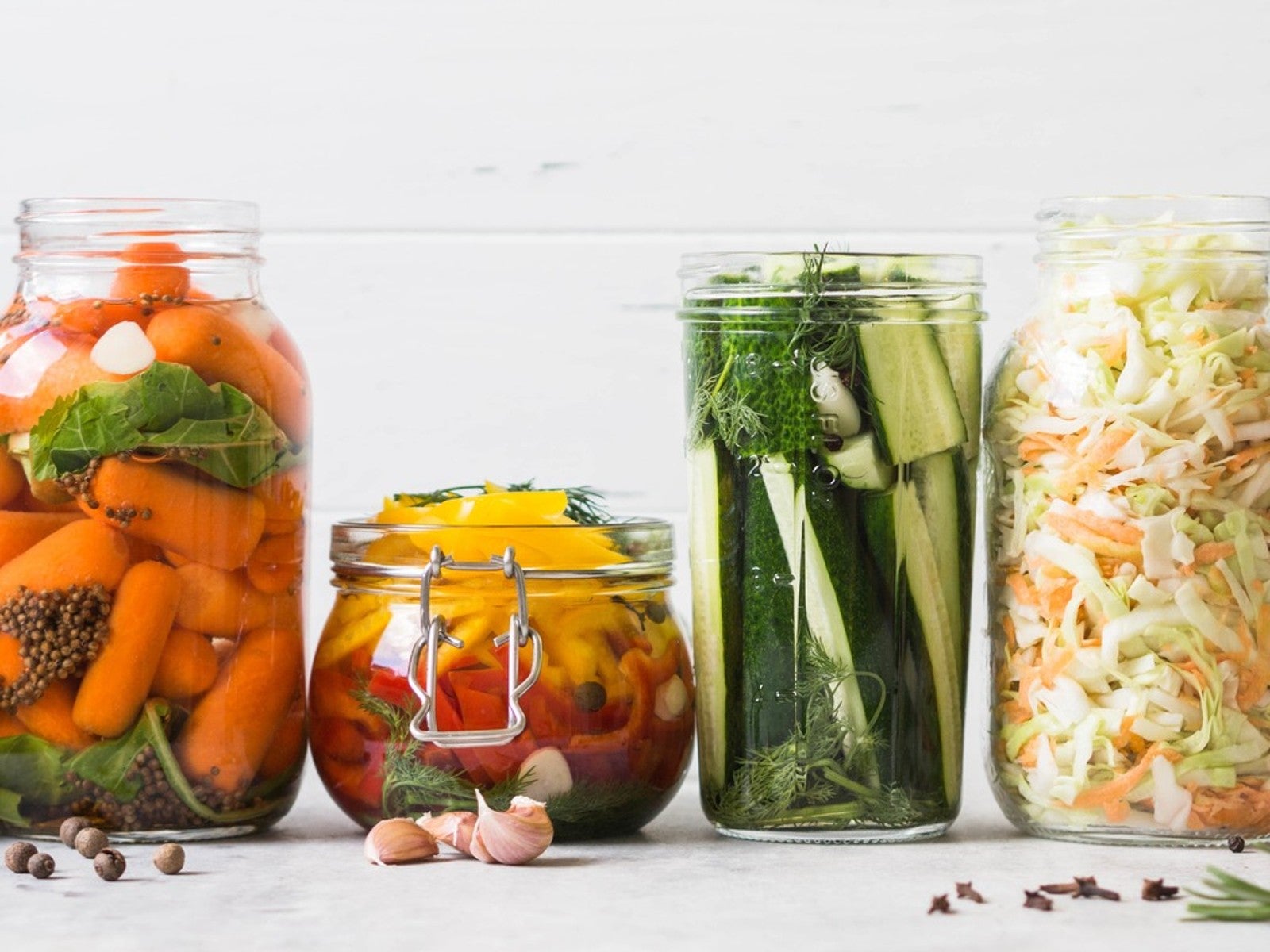 Best Vegetables To Pickle Straight From The Garden
Best Vegetables To Pickle Straight From The GardenPickles aren’t limited to just cucumbers. Read on for tips on pickling your fresh veggies.
By Amy Grant
-
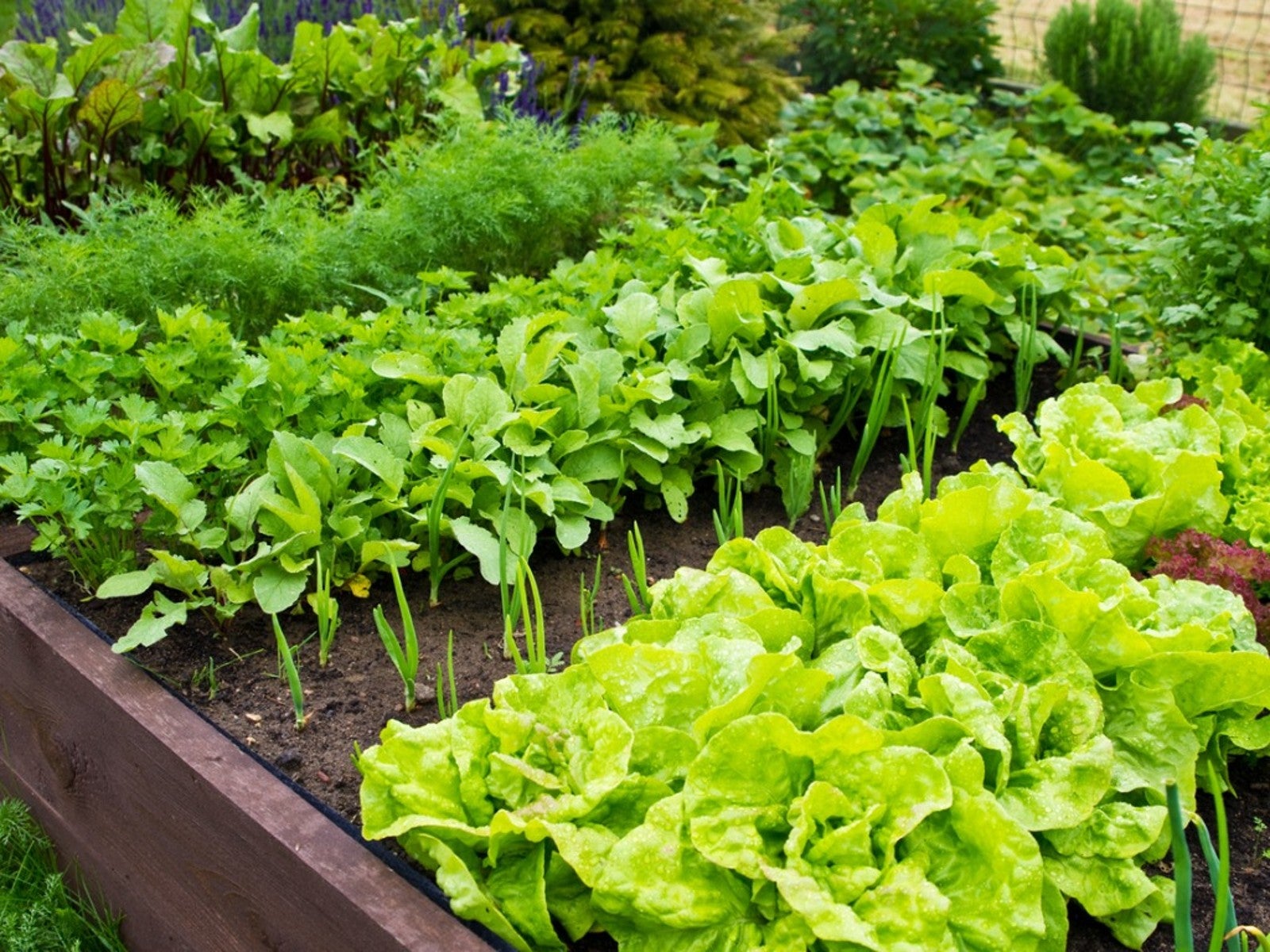 Benefits Of Planting In Fall Vs. Spring Vegetable Plots
Benefits Of Planting In Fall Vs. Spring Vegetable PlotsLearn why some vegetables do better if you plant them in fall instead of spring.
By Laura Miller
-
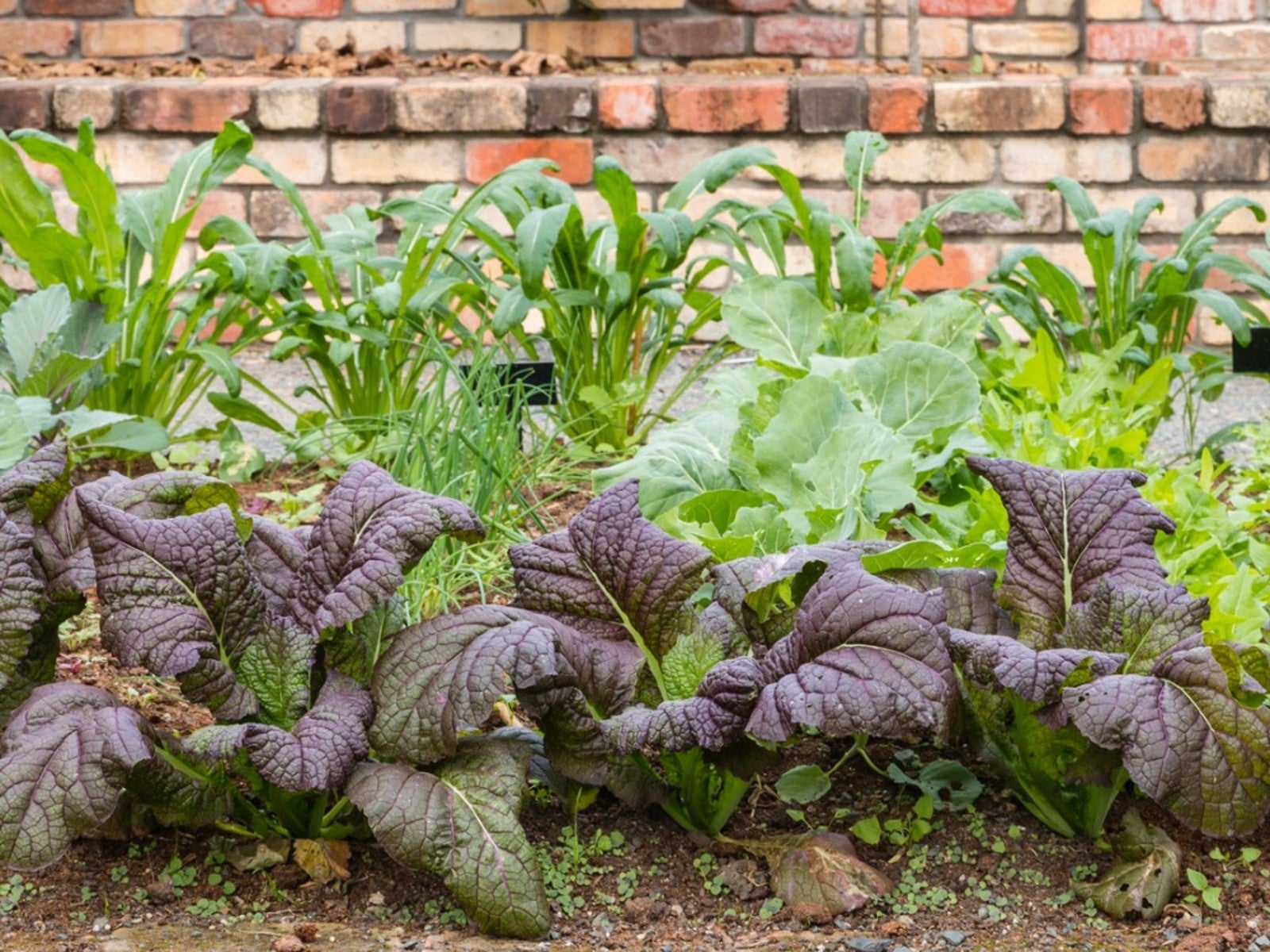 Interplanting Vegetables In The Fall Garden
Interplanting Vegetables In The Fall GardenLearn all about the benefits of interplanting vegetables for your fall garden.
By Laura Miller
-
 Best Vegetables For Growing In Perlite
Best Vegetables For Growing In PerlitePerlite is a natural growing medium that comes from super-heated volcanic glass. In some cases, it works better than soil. Read on for more info.
By Laura Miller